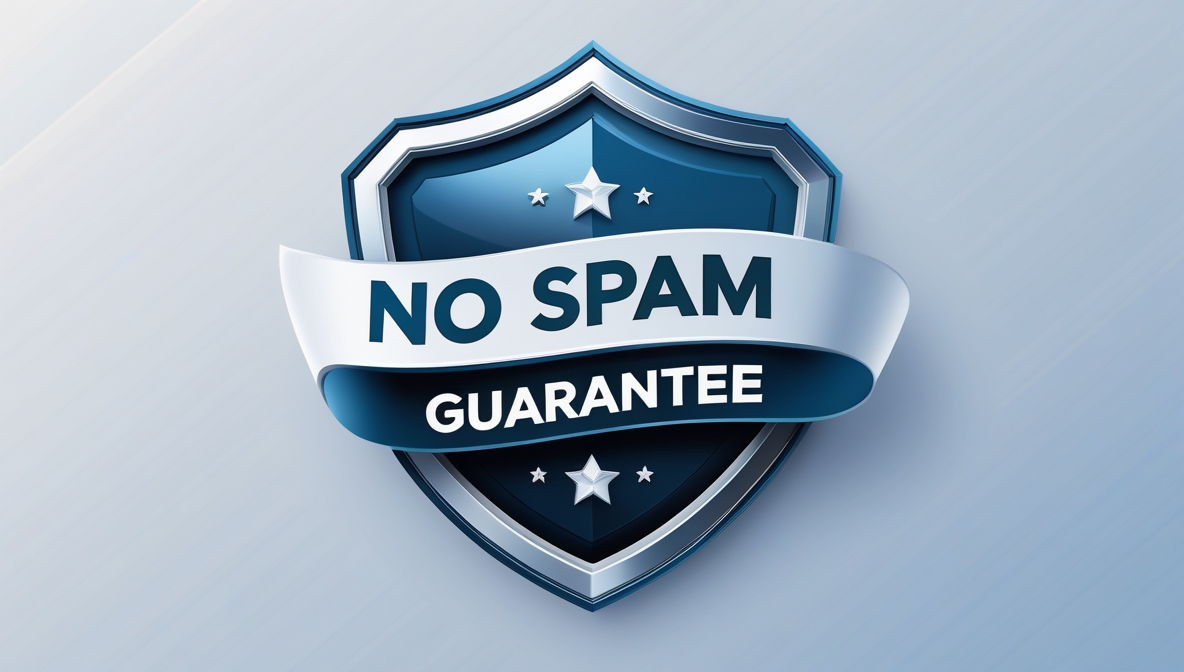This strategic roadmap framework for enterprise IT transformation is a comprehensive model designed to align technology initiatives with mission objectives across large, complex organizations. It presents a structured approach for planning, executing, and managing change at scale.
The framework stands out for its depth and real-world applicability. It integrates enterprise architecture, program governance, and IT strategy into a unified planning tool that supports both operational alignment and long-term transformation goals. It addresses both current-state analysis and future-state design, with clear pathways for transition.
Developed in a high-stakes, multi-stakeholder environment, this framework delivers practical value for IT leaders seeking to modernize systems, coordinate enterprise-wide initiatives, and improve service delivery. It supports milestone-based execution, enables data-informed decision-making, and reflects industry-standard architectural practices.
Its credibility comes from its operational use in a large organizational setting, its structured methodology, and its compatibility with widely accepted planning and governance models. This is a proven solution with demonstrated effectiveness, offering immediate utility for senior IT leaders guiding transformation.
This Will Help You:
This framework is structured to serve as both a reference model and a practical tool for IT leaders driving enterprise transformation. It supports strategic planning, program alignment, and cross-functional decision-making across organizational units.
- Build an Enterprise-Wide Transformation Roadmap:
The document includes integrated current- and future-state models that help you define, visualize, and sequence the steps necessary to achieve enterprise-wide IT transformation. - Align IT Initiatives with Strategic Objectives:
Its embedded goal mapping and initiative alignment tables allow you to trace program-level activities directly to strategic outcomes, helping you prioritize investments and validate project portfolios. - Coordinate Stakeholders Around a Unified Architecture:
The use of a federated enterprise architecture model enables structured collaboration between business and IT leaders, helping you gain agreement on shared priorities and streamline governance. - Design and Manage Transition Strategies:
The roadmap outlines clear transition paths with milestone-driven implementation schedules, giving you the tools to plan phased delivery and manage organizational change over time. - Evaluate Programs Using a Common Framework:
Standardized templates and performance measurement references help you assess progress and ensure consistency across diverse transformation efforts.
This document delivers a reusable planning and coordination model that supports both strategic clarity and operational discipline—making it especially useful for IT executives, program managers, and enterprise architects leading large-scale change initiatives.


